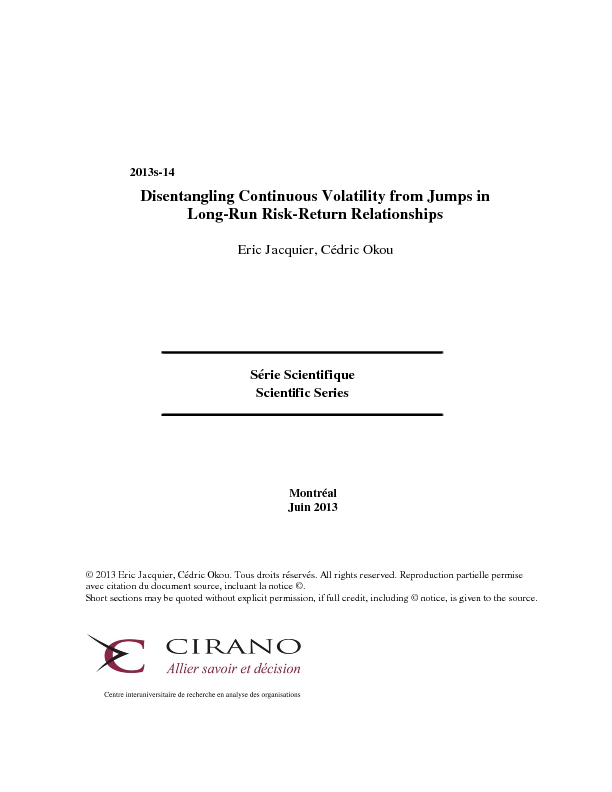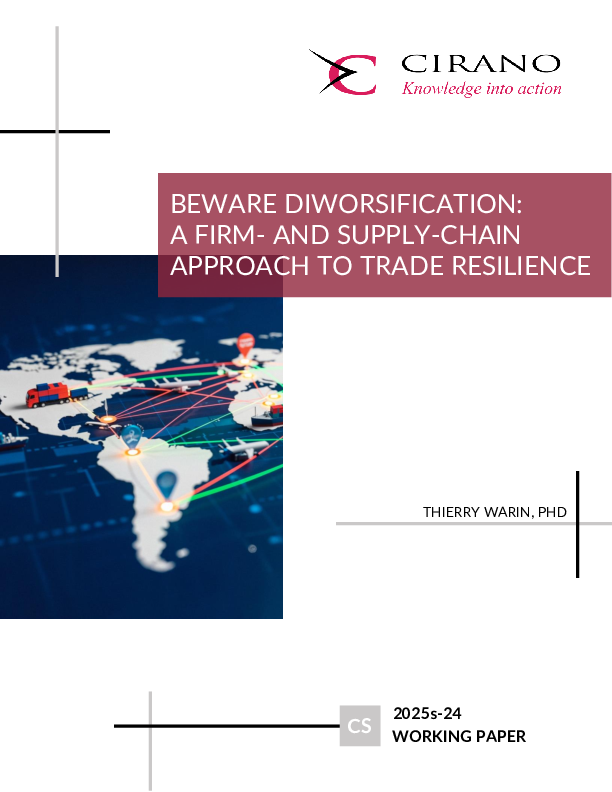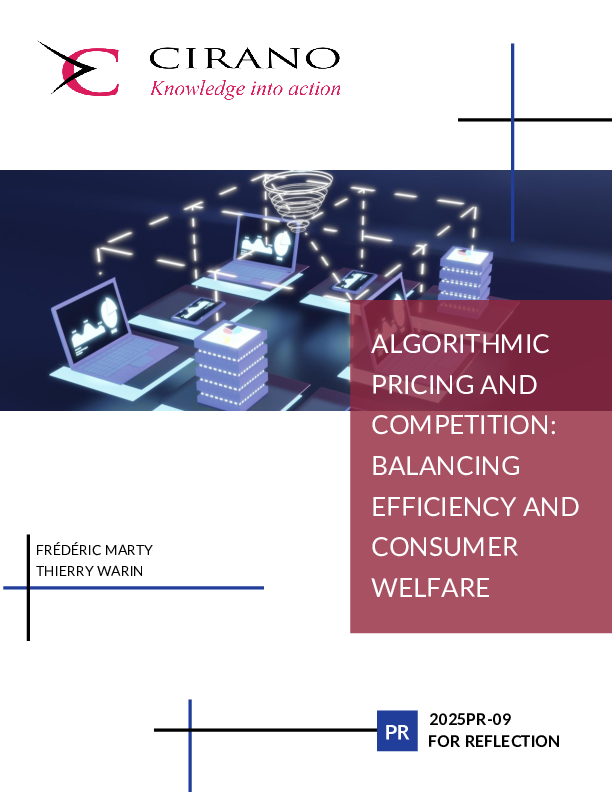Disentangling Continuous Volatility from Jumps in Long-Run Risk-Return Relationships
Realized variance can be broken down into continuous volatility and jumps. We show that these two components have very different predictive powers on future long-term excess stock market returns. While continuous volatility is a key driver of medium to long-term risk-return relationships, jumps do not predict future medium- to long-term excess returns. We use inference methods robust to persistent predictors in a multi-horizon setup. That is, we use a rescaled Student-t to test for significant risk-return links, give asymptotic arguments and simulate its exact behavior under the null in the case of multiple regressors with different degrees of persistence. Then, with Wald tests of equality of the risk-return relationship at multiple horizons, we find no evidence against a proportional relationship, constant across horizons, between long-term continuous volatility and future returns. Two by-products of our analysis are that imposing model-based constraints on long term regressions can improve their efficiency, and short-run estimates are sensitive to short-term variability of the predictors.
[ - ]




